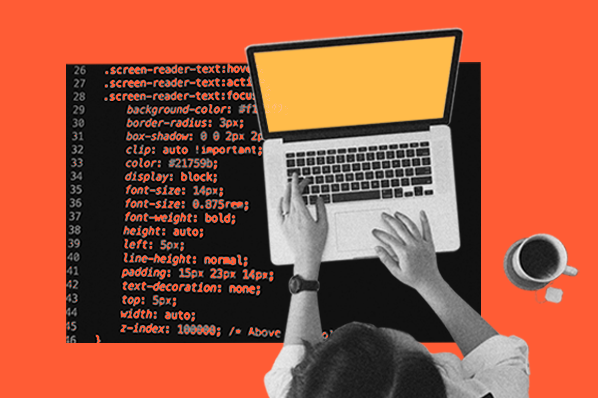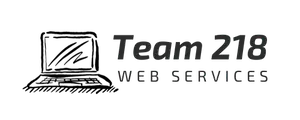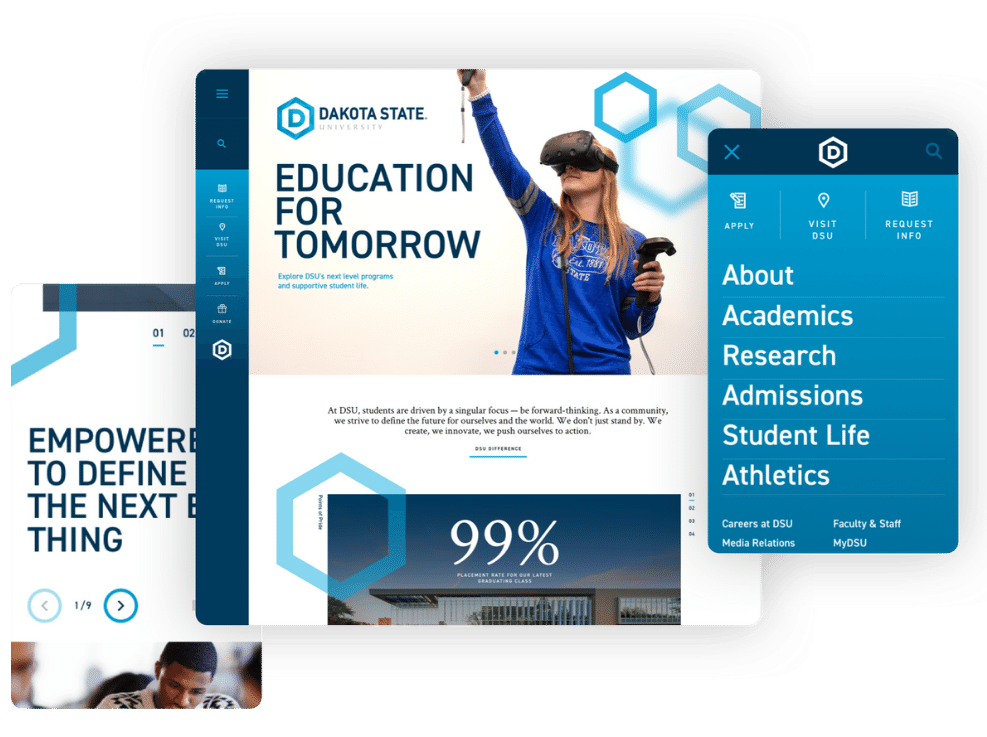The Comprehensive Guide to Crafting Visually Appealing and Functional Internet Design That Satisfies Customer Needs
In today's electronic landscape, the importance of crafting website design that are both useful and visually enticing can not be overemphasized. By focusing on user-centered design concepts, developers can develop experiences that not just attract yet additionally retain customer rate of interest. Key visual elements such as contrast, positioning, and equilibrium play an important role in this process, while the need of receptive design ensures access across numerous tools. The trip does not end with preliminary style; recurring testing and model are crucial for improvement. What methods can one use to successfully stabilize these parts?
Comprehending User-Centered Layout
At the heart of reliable website design exists the concept of user-centered style, an ideology that prioritizes the needs, choices, and actions of users throughout the growth procedure. This strategy includes detailed research to recognize the target market, making certain that the end product reverberates with its designated individuals. By including individual responses at every stage, developers can produce interfaces that are not only aesthetically appealing but likewise useful and intuitive.
User-centered layout stresses compassion, needing designers to enter the customers' shoes and consider their point of views. Methods such as user identities, trip mapping, and usability screening are used to recognize discomfort factors and possibilities for improvement. This repetitive procedure permits continuous refinement, as designers adjust to progressing customer needs and technological developments.
Integrating user-centered layout leads to increased individual complete satisfaction and engagement, inevitably leading to greater conversion prices and brand name commitment. It cultivates a collective atmosphere where stakeholders, consisting of individuals, designers, and developers, interact to achieve a shared vision. By placing users at the forefront of the layout process, companies can create web sites that not only fulfill organization purposes but also offer gratifying and significant experiences for customers.
Trick Principles of Visual Layout
Efficient aesthetic layout functions as the structure for producing straightforward and appealing internet sites. It incorporates a number of crucial concepts that lead designers in crafting cosmetically pleasing and useful user interfaces.
First, equilibrium plays an essential function in achieving aesthetic harmony. Developers must distribute aspects uniformly across the design to prevent frustrating users. This can be attained via asymmetrical or symmetrical style techniques.

Additionally, positioning is essential for arranging information. Consistent positioning of text and images cultivates a clean layout, improving total navigating and customer experience.
 Closeness also adds to visual quality. Organizing relevant items with each other aids users in understanding the relationship between different components, making the user interface a lot more user-friendly.
Closeness also adds to visual quality. Organizing relevant items with each other aids users in understanding the relationship between different components, making the user interface a lot more user-friendly.Lastly, uniformity in design aspects, such as colors, fonts, and designs, enhances brand name identity and aids individuals navigate the site a lot more effortlessly. By integrating these crucial principles of visual style, internet designers can produce interfaces that are not only visually enticing but likewise functional and user-centered.

Value of Responsive Layout
Responsive design is an important aspect of modern-day internet growth, guaranteeing that websites function flawlessly across a variety of tools and screen sizes. As the net landscape develops, the variety of devicesâEUR" ranging from smartphones to tablets and desktop computer computersâEUR" demands a style approach that suits all individuals.
Carrying out responsive layout enables a flexible design that instantly adjusts based on the individual's screen measurements. This versatility not just improves access but likewise enhances use, as customers can navigate and communicate with the site effortlessly, despite their tool.
Furthermore, internet search engine like Google focus on mobile-friendly internet sites in their ranking algorithms. A responsive design can substantially enhance a site's SEO performance, ultimately driving more traffic and boosting presence.
Furthermore, receptive style minimizes the requirement for preserving numerous variations of a website, streamlining updates and content administration. This performance translates into cost financial savings and an extra the original source natural brand name experience throughout systems.
Enhancing Individual Experience
Individual experience (UX) is a critical component of website design, affecting just how site visitors communicate with a site and perceive its worth. A well-crafted UX ensures that users can browse without effort, discover details conveniently, and attain their objectives efficiently. The layout needs to think about the user's trip, from the minute they arrive on the site to the conclusion of their preferred action, whether that be making an acquisition, registering for a newsletter, or accessing details.
Crucial element that boost UX include clear navigation, responsive formats, and appealing visual web content. Consistency in layout aspects such as colors, switches, and font styles cultivates familiarity, making the internet site feel natural. In addition, enhancing lots times is vital; users are much less likely to remain on a site that is slow-moving to respond.
Integrating availability functions ensures that all individuals, consisting of those with disabilities, can engage with the website perfectly. User-centric layout principles must lead material organization, offering pertinent details in a logical framework. web design. By focusing on user needs and preferences, internet developers can develop experiences that are address not only visually appealing however likewise useful, inevitably promoting individual satisfaction and loyalty
Evaluating and Iterating Styles
Checking and repeating layouts are basic procedures that adhere to the first creation of a website, ensuring that the user experience remains at the forefront of any adjustments. These stages involve gathering user feedback, analyzing design performance, and making educated modifications to improve usability and engagement.
Functionality screening enables designers to observe actual individuals as they interact with the internet site, determining pain points and locations for enhancement (web design). User surveys can provide qualitative insights, catching user sentiments and choices.
Constant iteration fosters a flexible layout approach, where the web site advances in response to individual actions and responses. By committing to extensive testing and model, designers can develop a website that not only satisfies visual criteria yet also delivers a satisfying and smooth customer experience.
Verdict
Finally, efficient website design requires the combination of user-centered principles, vital aesthetic style aspects, and my explanation responsive frameworks to create engaging interfaces. By focusing on customer requirements and executing constant testing and model, developers can fine-tune their developments to enhance total contentment. The dedication to these practices not just cultivates a visually appealing visual yet likewise ensures performance across varied gadgets, inevitably contributing to a positive customer experience and boosted interaction.
By focusing on user-centered style concepts, developers can create experiences that not just attract yet likewise retain customer rate of interest.At the heart of effective internet design exists the concept of user-centered design, a philosophy that focuses on the needs, choices, and behaviors of individuals throughout the development procedure. By placing customers at the forefront of the layout process, companies can create web sites that not only satisfy business goals but likewise give significant and fulfilling experiences for users.
By focusing on user needs and choices, internet designers can produce experiences that are not just visually attractive yet also practical, inevitably fostering individual contentment and loyalty.
User studies can supply qualitative insights, capturing user sentiments and preferences. (web design)
Comments on “The Best Overview to Creating Effective and Engaging Web Design”